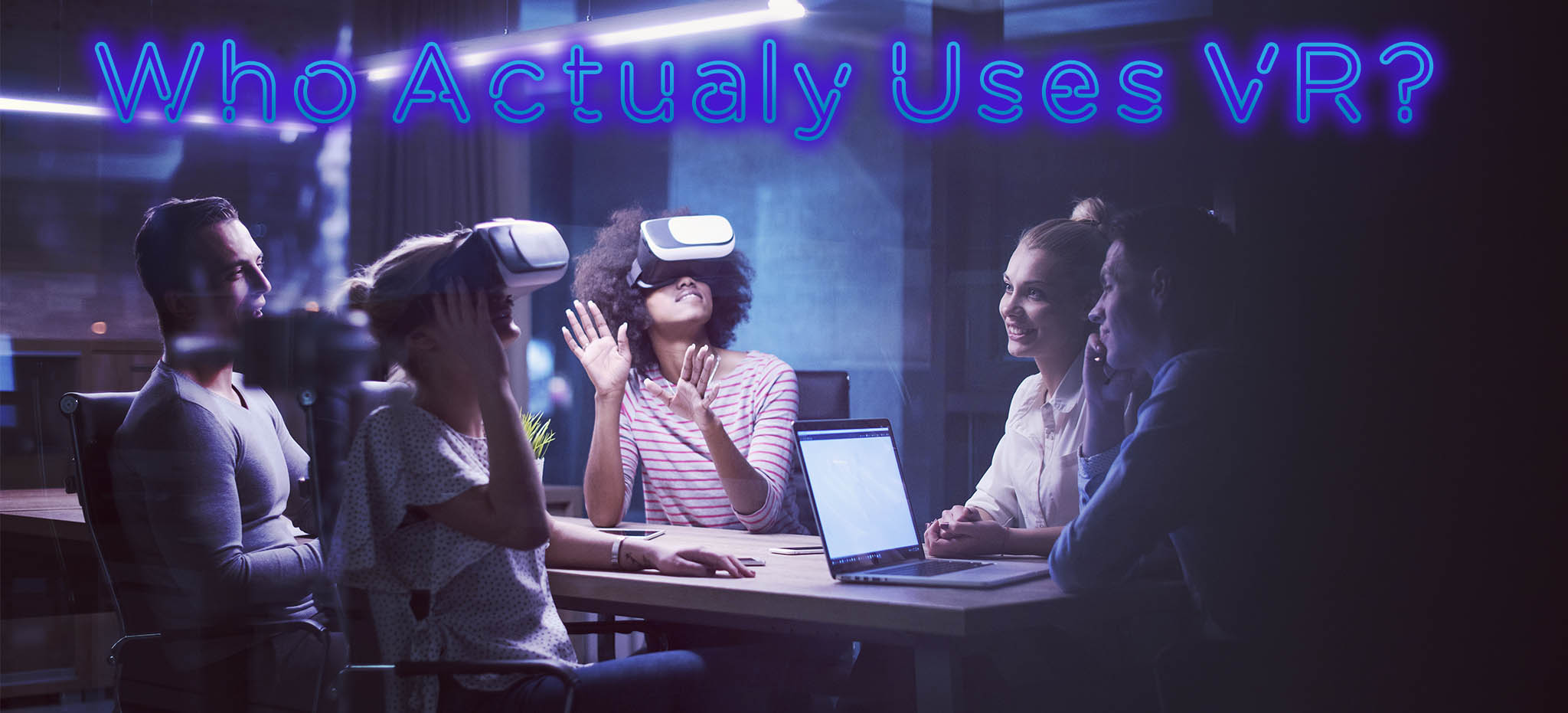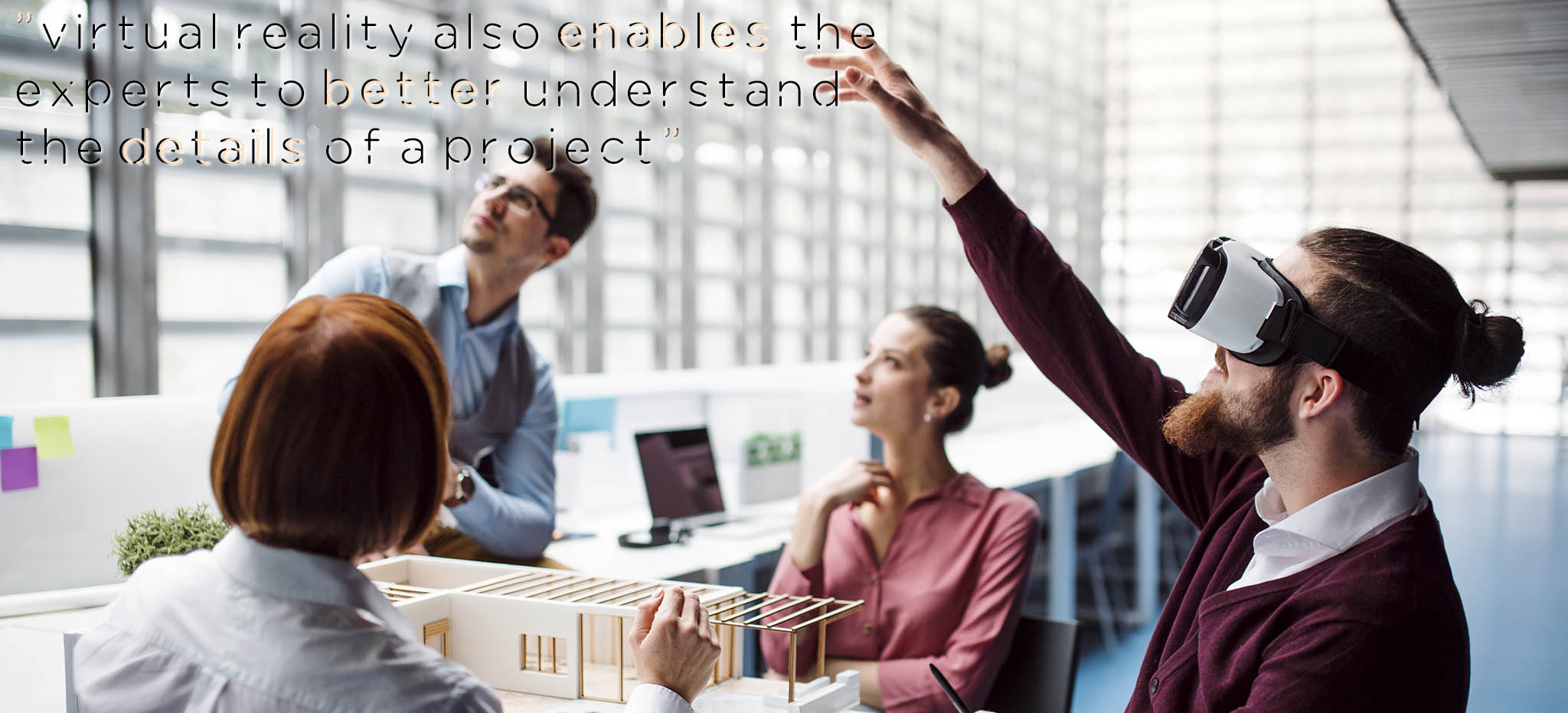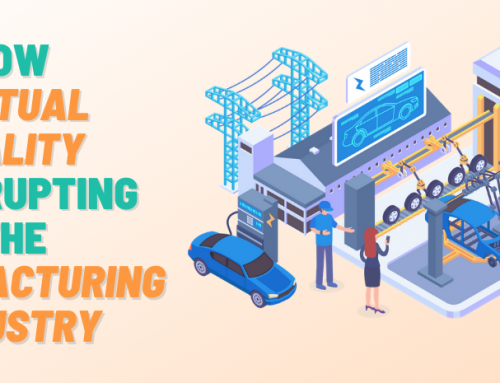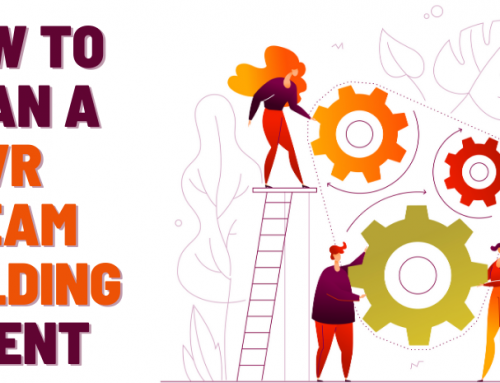
INTRO
So it is new, it is cool, and everyone wants to play with it, but who actually uses virtual reality? Who is it for?
The simple answer is: for everyone!
A few years ago, only those in the worlds of gaming and military had any real use out of VR. However, as more and more people discovered the undeniable benefits of virtual reality, this technology has slowly wormed its way into a wide range of industries and fields, most of which we will discuss in this and further posts.
TOP 8 INDUSTRY USES OF VR

Aside from allowing architects (and their clients) to get a better feel of a newly designed space, virtual reality also enables the experts to better understand the details of a project. They learn more about the transition of materials, about the visual axes, as well as about various engineering factors that help them complete their projects better.
Additionally, entire cities can be constructed in VR to help with urban planning and design.

In one of our posts, we’ve detailed how VR can be effectively utilized in marketing. This technology has a promising role in bridging the gap between customers and brands, as well as in drawing more attention to and sparking more interest in a company, a project or a product.
This being said, a lot of marketeers are turning to VR for help in getting their clients just ahead of the competition! People love trying something new, and VR is the perfect way to do it. You can offer them an infinite number of new experiences, and that’s why marketeers LOVE VR!

When it comes to education and training, VR has become irreplaceable in flight and driving simulations, in medicine, where doctors and surgeons have the opportunity to practice procedures before doing them for real, as well as in the military and space engineering. There are many more benefits of virtual reality in education, and you can read more on that in THIS blog post.
NASA has famously used VR for years, if not decades now, and it is most common in astronaut training before they embark on space journeys.

When it comes to constructing new devices and structures, VR has proven useful in almost every stage of production. It allows engineers to build prototypes, assemble products, inspect them for potential flaws and/or damages, as well as to test them out.
Additionally, virtual reality allows humans to control robots in hazardous environments without risking any harm to real people.

Aside from its role in the ever-growing virtual reality in the gaming industry, this technology also allows you to watch movies and TV shows in movie theaters without actually needing to go there. It also offers the option of 360-degree movies and scenes, where you can feel like you are right in the middle of the action.
In terms of music, VR enables you to attend concerts you may not otherwise be able to, which is a feature that is quickly taking over the music world.

VR can help medical personnel train for their jobs, but it can also help patients overcome their conditions, most notably those suffering from Parkinson’s disease and those with mental health problems.
Virtual reality exposure therapy or VRET has been proven to help patients suffering from anxiety disorders, as well as PTSD and different phobias. There is also a theory that the immersive quality of virtual reality might distract from pain those who are experiencing it either chronically or acutely.
Also if VR is giving you a headache, also known as VR headache, read our blog post on the subject, and it just might help.

Not everyone can afford or find the time or physically be able to travel wherever they want. However, through the use of a virtual reality headset, you can easily visit cities and places you have always dreamed of exploring.
Not only that, but thanks to the fact that you are visiting a virtual render of a heritage site, you can even interact with it in ways you otherwise wouldn’t be allowed to. This is a feature particularly beneficial for children, who need to be engaged and stimulated in order to learn and become curious about different cultures and world history.

Virtual reality assists in training athletes and analyzing their techniques, as well as in discovering their weak spots and helping them improve their performance.
When it comes to sports fans, similarly to the way VR can take you to a rock concert without you actually leaving the house, it can also transport you to a sports stadium and have you enjoy your team’s game even if you’re unable to actually attend it.
As you can see, you can practically find use for virtual reality in all aspects of your daily life. With the speed this technology is growing and becoming more popular by the second, we expect its uses to expand even more in the coming years.
_________
If you have found your industry here on this list and wish to incorporate VR, CONTACT US ASAP and we’ll get on it straight away!



